We know that you want to make your home safe for your baby. We want to help you do that. The good news is that most safety devices are easy to find and low-priced. By taking time to carefully examine your home and making a few easy changes, you can reduce the risk of injury to your baby.
To keep your baby safe, pay special attention during these times:
- Sleep time: Place your baby in a crib with a firm flat sleep surface, on their back, and alone with no added items.
- Bath time: Set your home’s water temperature to no hotter than 120 degrees.
- Play time: Avoid toys with small parts. Older siblings should keep their toys off the floor, especially anything with small pieces.
- Meal time: Once they’re old enough, sit your infant in a highchair for all meals.
Dangerous Items
If you must bring these items into your home, keep them secured and out of reach of children:
- Firearms and other weapons
- Matches and lighters
- Button batteries
- Liquid laundry packets
- Plastic or dry-cleaning bags
Home Safety Room-by-Room
For more information about how to make the rooms in your home safe for your baby, review the images below. The numbers correspond to those in the images. Trigger warning: The following content contains graphic depictions of child injuries and death.
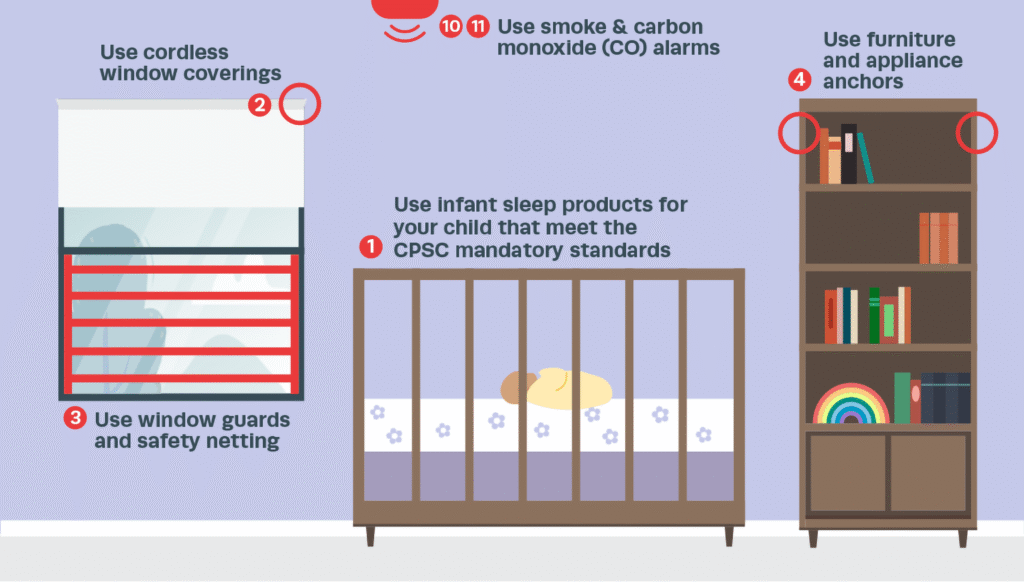
(1) Use infant sleep products for your child that meet Consumer Product Safety Commission (CPSC) mandatory standards. These products include bassinets and cradles, baby cribs, play yards, or bedside sleepers. Place your baby inside on the firm flat sleep surface, on their back, and alone with no added items in the sleeping area. For a list of the standards click here Infant Sleep Products that Meet the CPSC Mandatory Standards
(2) Use cordless window coverings in homes with young children, to help prevent strangulation. Children can wrap window covering cords around their neck, or they can pull cords that are not clearly visible, but are accessible, and become entangled in the loops. Cordless products, including inexpensive options, are available at most major retailers and online. If you are unable to replace corded window coverings with cordless ones, call the Window Covering Safety Council (WCSC) at 800-506-4636 or visit WindowCoverings.org for a free repair kit. Use tension devices to anchor the continuous loops and bead chains to the floor or wall. The WCSC’s retrofit kits do not address the dangling pull cord hazard associated with many common window blinds. Eliminate any dangling cords by making the pull cords as short as possible.
(3) Use window guards and safety netting to help prevent falls from windows, balconies, decks, and landings, because window screens are not effective for preventing children from falling out of windows. Check these safety devices frequently to make sure they are secure, properly installed, and maintained. Limit window openings to four inches or less, including the space between the window guard bars. If you have window guards, be sure at least one window in each room can be easily used for escaping in a fire.
(4) Use furniture and appliance anchors. Furniture, TVs, and ranges can tip over and crush young children. Deaths and injuries occur when children climb onto, fall against or pull themselves up on television stands, shelves, bookcases, dressers, desks, chests, and ranges. For added security, anchor these products to the floor, or attach them to a wall. Free standing ranges and stoves should be installed with anti-tip brackets to prevent scalding and crushing injuries. For additional information on how to anchor furniture and appliances click here Anchors to Avoid Furniture and Appliance Tip-Overs
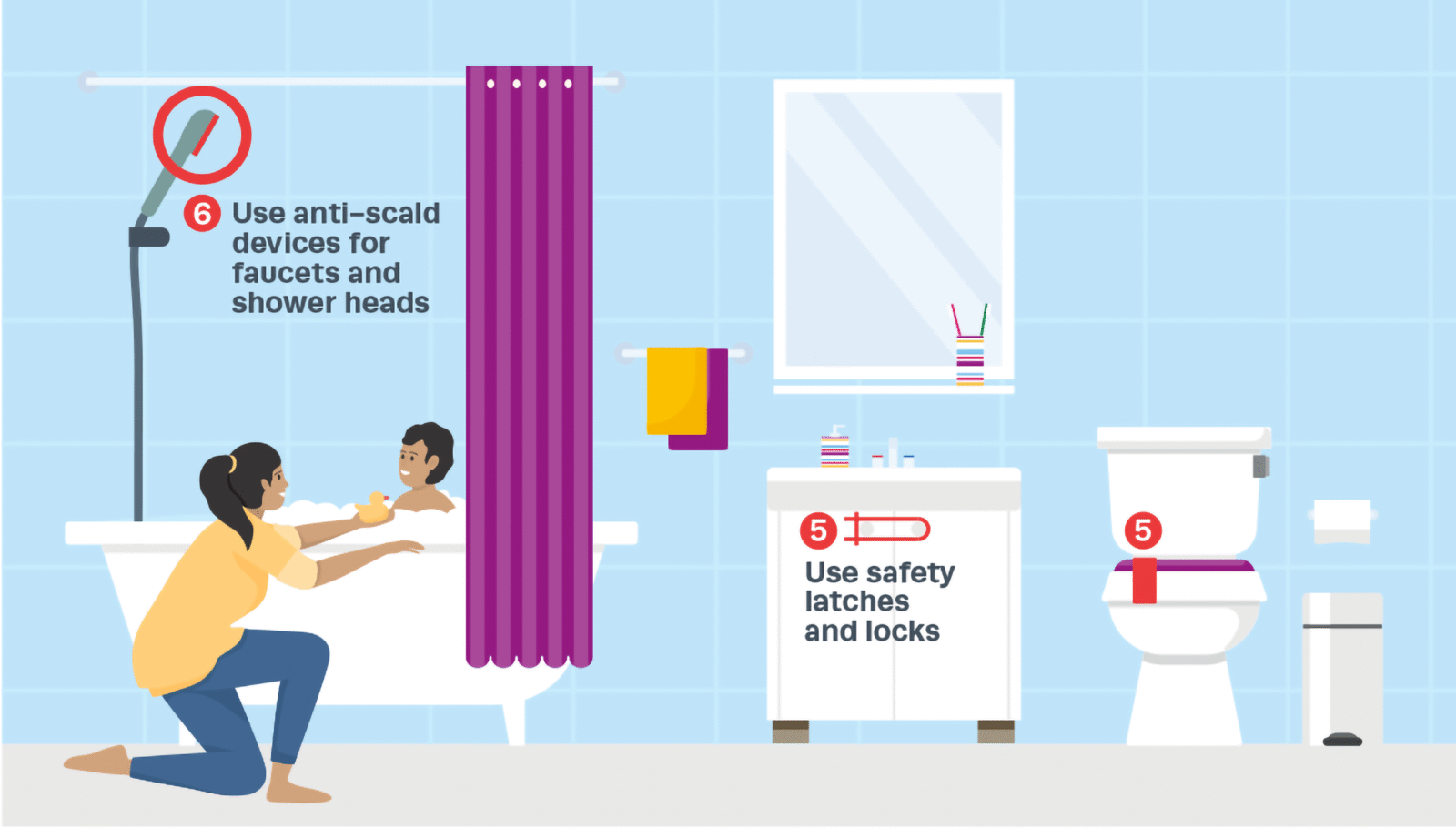
(5) Use safety latches and locks for cabinets and drawers in kitchens, bathrooms, and other areas to help prevent poisoning and injuries. Safety latches and locks on cabinets and drawers can help prevent children from gaining access to medicines, laundry detergent, household cleaners, matches, or cigarette lighters, as well as knives and other sharp objects. Even products with child-resistant packaging should be locked away and kept out of reach. Often, this type of packaging is not childproof. If you suspect that your child ingested a poisonous substance, contact the Poison Control Hotline at (800) 222-1222. Look for safety latches and locks that adults can easily install and use but are sturdy enough to withstand pulls and tugs from children.
(6) Use anti-scald devices for faucets and shower heads. Give constant supervision and stay within reach when your baby is bathing. Children can drown in moments. To prevent burns, the temperature on your water heater can be set to 120 degrees Fahrenheit or lower. Anti-scald devices for faucets and shower heads can also be used to prevent scalding or burning.
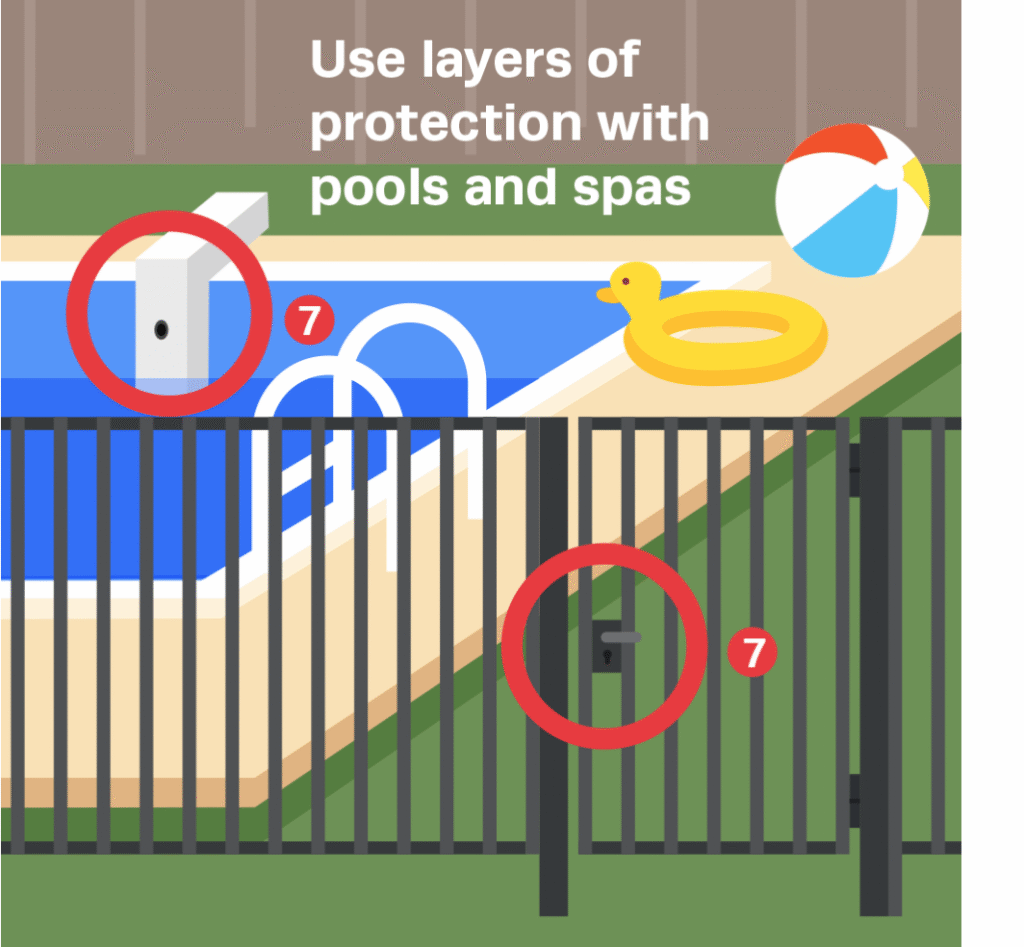
(7) Use layers of protection with pools and spas. Most toddler drownings occur in their own backyard pools. Always check the pool first if your child goes missing. The access from the back of your house may need to serve as a barrier to delay your child’s access to the pool. Doors heading to the pool should have self-closing, self-locking door mechanisms or door alarms. Other pool barriers include power safety covers, pool alarms, self-closing and self-latching pool gates, isolation and perimeter fences, and pool covers. After each pool is used, reestablish the barrier to ensure that your child is accessing the pool and spa only when you are supervising. For more information about pool and spa safety click here: Layers of Protection with Pools and Spas
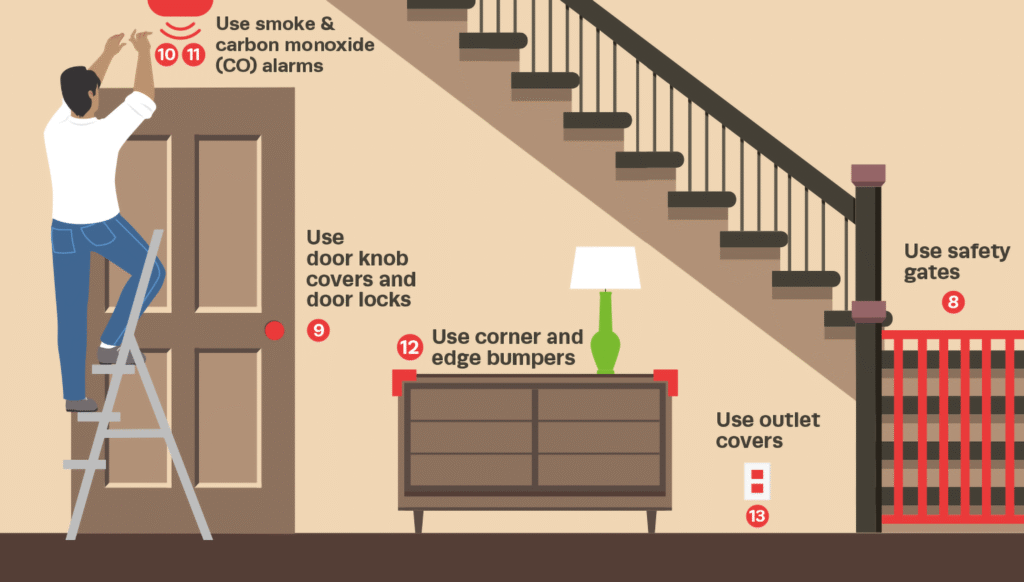
(8) Use safety gates to help prevent falls downstairs and to keep children from entering rooms and other areas with possible dangers. Use safety gates that meet current child safety standards. Pet gates should never be used as a child safety gate. Replace older safety gates that have “V” shapes that are large enough to entrap a child’s head and neck. Look for safety gates that children cannot dislodge easily, but that adults can open and close without difficulty. For the top of stairs, only use gates that screw to the wall.
(9) Use doorknob covers and door locks to help prevent children from entering rooms and other areas with possible dangers. Doorknob covers and door locks can help keep children away from places with hazards. Be sure the doorknob cover is sturdy and allows a door to be opened quickly by an adult in case of emergency.
(10) Use smoke alarms on every level of your home, inside each bedroom, and outside sleeping areas to alert you to fires. Smoke alarms are essential safety devices for protection against fire deaths and injuries. Check smoke alarms once a month to make sure they’re working. Change batteries at least once a year, or consider using sealed, 10-year batteries for smoke alarms, because these do not require changing batteries yearly.
(11) Use a carbon monoxide (CO) alarm to help prevent CO poisoning even when the home does not have fuel-burning appliances. All families should install CO alarms outside of bedrooms near each sleeping area of the home, even if the home does not have any fuel-burning appliances. Test regularly and change batteries at least once a year.
(12) Use corner and edge bumpers to help prevent injuries from falling against sharp edges of furniture and fireplaces. Be sure to look for bumpers that stay securely on furniture or hearth edges.
(13) Use outlet covers and outlet plates to help prevent electrical shock. Outlet covers and outlet plates can help protect children from electrical shock and possible electrocution. Be sure outlet protectors cannot be easily removed by children and are large enough so that children cannot choke on them. If you are replacing receptacles, use a tamper-resistant type.
Safe Exploration
Children are naturally curious, and you do want to encourage their exploration of the world around them. As a parent, you can provide a safe home to encourage your child’s curiosity. Below you will find additional resources to support you in securing a safe home environment.
Resources
- Contact Poison Control right away if you suspect poisoning. Help is available online by clicking here webPOISONCONTROL® or by phone at 1-800-222-1222. Both options are free, expert, and confidential. Save the hotline number on your phone for quick access.
- Sign up to receive notifications of recalled products with the United States Consumer Product Safety Commission. Recalls are the public announcement of a hazardous or defective product. Recall notices let you know the options provided by the manufacturer – a repair, refund, or replacement – to get unsafe products out of your home and help prevent injuries or deaths. Click here to Subscribe to email notifications in specific categories of products that are of interest to you.
- The National Institute of Child Health and Human Development has a comprehensive Question and Answer page about how you can make sure your child is sleeping safely. Click here to Learn more about creating a safe sleep environment for your baby.



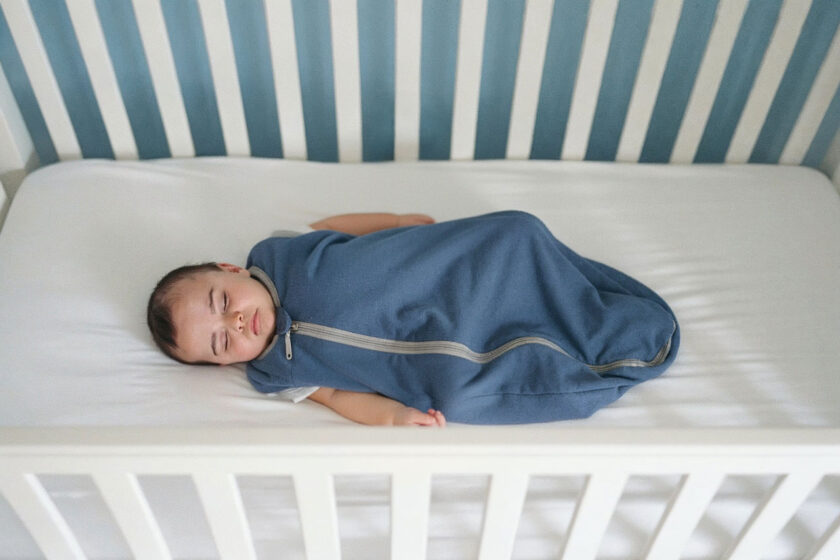
Comment and make it public on Facebook